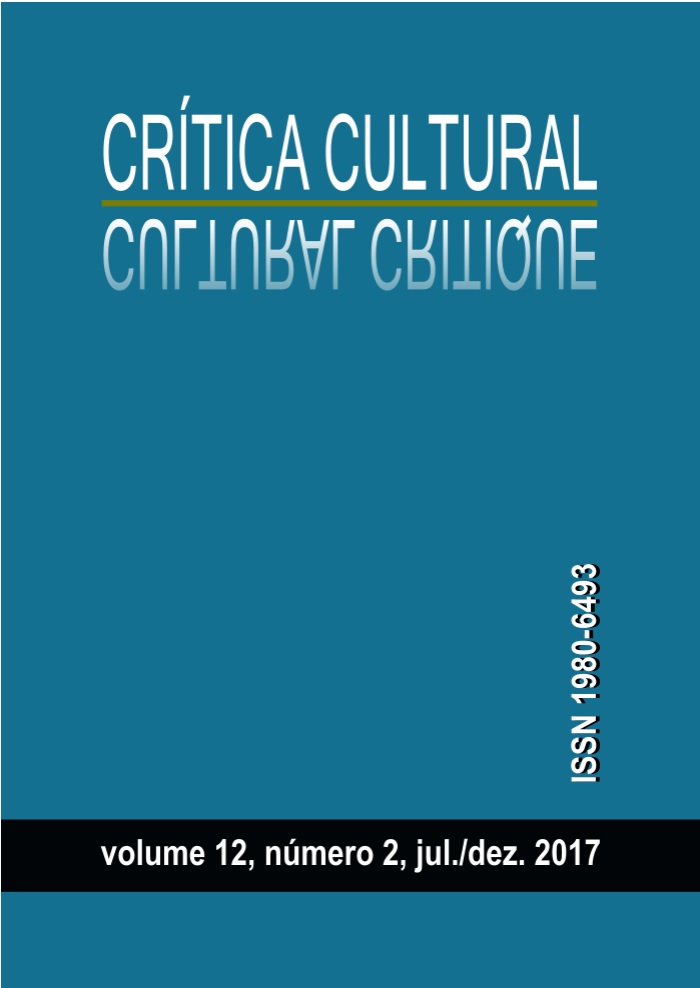Genevieve Naylor, a Good Neighbor Photographer in Brazil (1941-42)
DOI:
https://doi.org/10.19177/rcc.v12e22017181-208Palavras-chave:
Photography. Good neighbour policy. Visual culture. Second World War.Resumo
This article analyses historically the photographs taken by Genevieve Naylor, an American photographer commissioned by US State Department during the Second World War, when she travelled throughout Brazil, as a good neighbour photographer. In this sense, it is considered the elements of the form of expression and the content of the photographic message, emphasizing the three aspects of visual cultural strategies: firstly, the way in whichthe human subjects are depicted, understanding the representations of the body as support for social relationships. The body represented in Naylor’s photographs is the sign through which social relationships are revealed; secondly, how the places where Naylor travelled were depicted in the creation of a sensitive geography seeking to overcome the official protocols to show a multiple Brazil; fallowed by an evaluation of how her images were publicized throughout cross country exhibitions.Downloads
Publicado
2017-12-19
Edição
Seção
Dossiê: A Guerra
Licença

Revista Crítica Cultural de http://www.portaldeperiodicos.unisul.br/index.php/Critica_Cultural/index está licenciado com uma Licença Creative Commons - Atribuição 4.0 Internacional.


